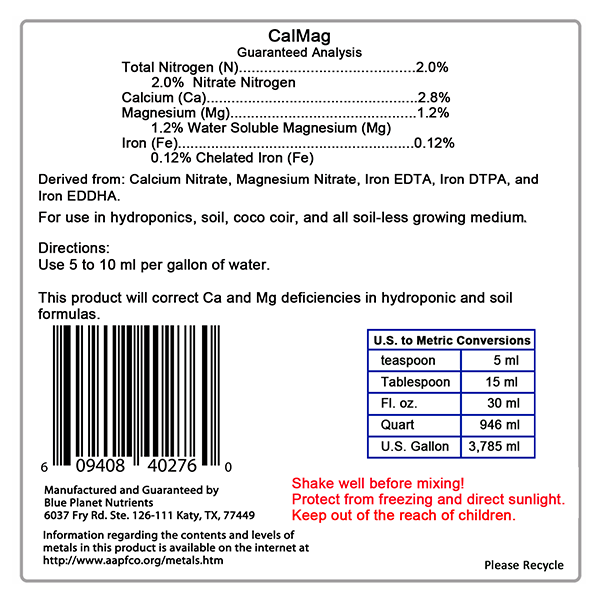
- #Blue planet nutrients ppm how to
- #Blue planet nutrients ppm upgrade
- #Blue planet nutrients ppm free
Now, for our customers that are using organic amendments-or are using beneficial fungal spores or bacteria-we encourage you to use a high end carbon filter that’s going to pull all the chlorine and the chloramines out of the water. So, because this is not going to be feeding any organic garden in which there would be a lot of root inoculants, or a lot of compost teas being fed, we are not as concerned about using RO water. Now, in the store here for our compost tea brewer, we have the Boogie Blue water filter-which is basically a carbon filter and sediment filter-that screws onto the end of a hose, and that’s what we use to fill this water.
#Blue planet nutrients ppm upgrade
You’re only going to see that on your reverse osmosis systems, with an upgrade filter option. However, chloramines is actually the ammonium based chlorine molecule that’s actually pulled out of a KDF carbon filter. Now, what the chlorine is often found in city water, and most of your carbon or sediment filter devices are going to pull the chlorine, and ideally the chloramines, right out of the water.
#Blue planet nutrients ppm free
Now, another thing to keep in mind, is that you want to have chlorine free water: at least, ideally, if you’re trying to harbor beneficial bacteria in your root zone. It’s a really basic mag drive pump that’s just going to circulate the water that’s all it’s really doing, to encourage any of those nutrients to not fall out of the solution, or rest at the bottom of the reservoir.
I’m using a 250 gallon per hour pump for the 25 gallons that I have here. This is just a mag drive pump the size of the pump doesn’t matter, but we do encourage you to use one large one if you only want to use a single pump, or a few smaller pumps if you can use several. Now, we’re going to talk about a few pre-measuring tips that we like to encourage here at Monster Gardens.įirst, you’re going to see that we have a recirculating pump down at the bottom. That’s going to favor someone that’s going to be a little more conservative on their nutrient solution, as well as not running the risk of burning their plants. Now, certain people are going to request other regimens certain people are going to have their own special tricks that they do: but, what’s worked best for me is to measure for 50 gallons, even when I have a 55 gallon drum filled up. Now, the most common container, for example, is probably a 55 gallon drum, but generally I encourage people to take their measurements based on 50 gallons. Now, what I generally like to do for people is to underestimate my gallons, not necessarily put everything to the exact T. So, let’s go ahead and fill up this reservoir! Once it’s filled, we’ve estimated that we have about 25 gallons here, which is what we’ll base our measurements from. We’re here to address all of these questions, and give you all of the answers today. Which component do I add, and which ones do I take out?.Now, on a regular basis we get a lot of technical support calls with clients who ask:

So first off, for the synthetics we’re going to be doing “GrowMore,” because it’s just going to be a three part, which is very familiar to what a lot of you guys are doing out there. There’s going to be two parts to this video.Īnd we decided out of all the different lines that we carry, just to pick two to keep it simple.

#Blue planet nutrients ppm how to
How do you mix a reservoir? What do you need to mix nutrients in your reservoir? We will show you how to mix a hydroponic reservoir in this video.


 0 kommentar(er)
0 kommentar(er)
